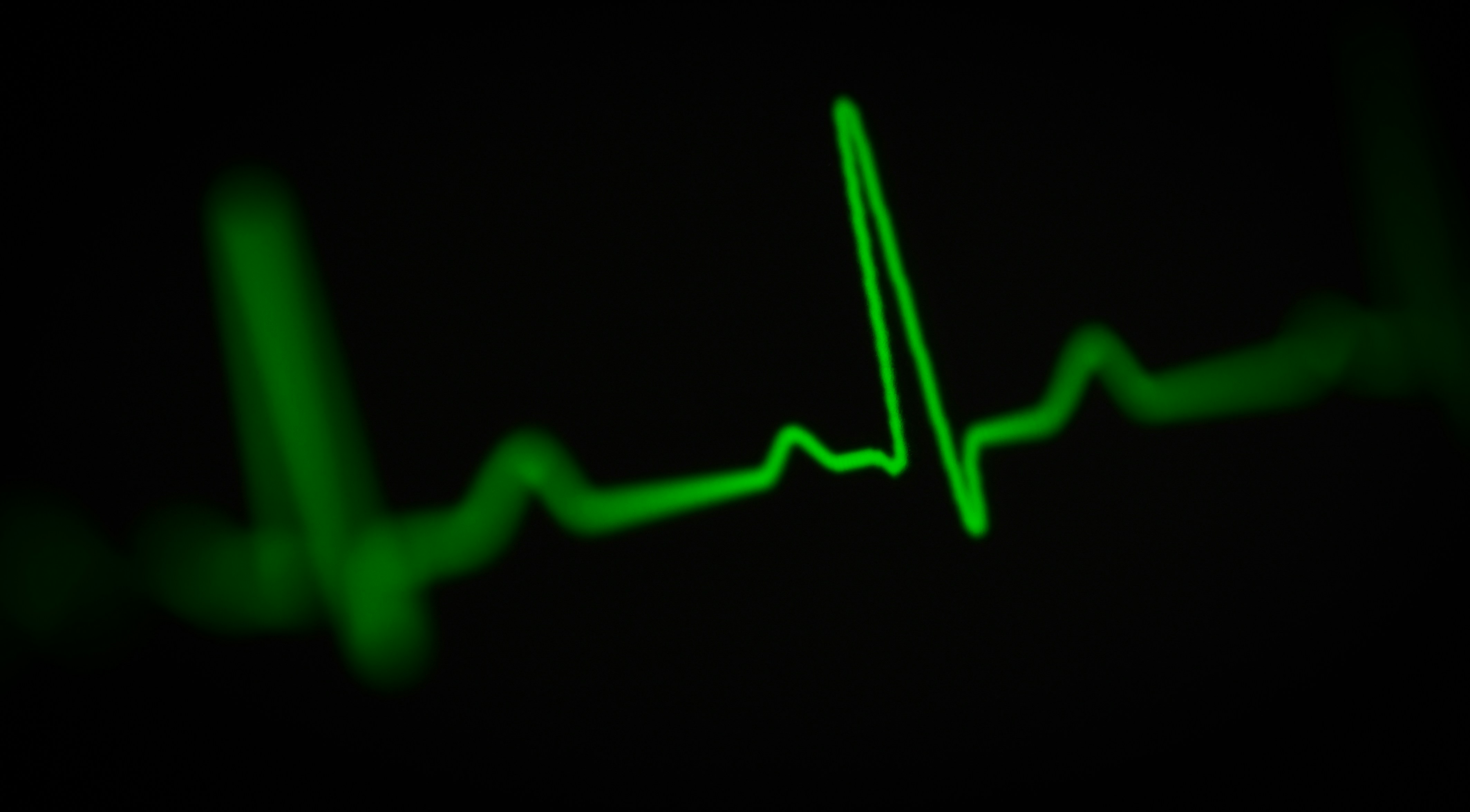Heartbeats

The first heart sound
Synchronous closure of the atrioventricular valvesS1: produced by near-synchronous closure of mitral & tricuspid valves at systole onset. May be loud in mitral stenosis, soft in weak ventricles.

The second heart sound
Synchronous closure of the semilunar valvesS2: closure of aortic & pulmonary valves at diastole onset. Physiological splitting in inspiration; accentuated when outflow pressures are high.

The third heart sound
Rapid filling of the ventriclesS3: low-frequency sound after S2 due to rapid ventricular filling; may indicate heart failure in adults, can be normal in young/athletes.

The fourth heart sound
Atrial systoleS4: presystolic sound from atrial contraction against stiff ventricle; usually pathological (hypertrophy, reduced compliance). Not present in AF.

Gallop
Triple rhythmGallop rhythm: combination of S3 or S4 with S1/S2 producing a three- or four-beat cadence � often indicates volume/pressure overload.

Split of the first heart sound
Asynchronous closure of the atrioventricular valvesAudible split of S1 occurs when mitral/tricuspid closure timing diverges (>~30 ms), can reflect conduction or structural delay.

Split of the second heart sound
Asynchronous closure of the semilunar valvesS2 splitting: physiologic in inspiration (pulmonary delayed). Pathologic splits occur with conduction delay or RV/LV systolic changes.

Ejection systolic click
Rapid opening of stenotic semilunar valvesSharp early systolic click from abrupt opening/abnormal valve motion � classically seen with aortic valve pathology.

Systolic click
Mitral valve prolapse during ventricular systoleMid-systolic click of MVP: abrupt chordal/leaflet motion; often followed by late systolic murmur if regurgitation present.

Early diastolic click
Mitral valve prolapse during ventricular diastoleRare early diastolic click associated with leaflet motion into ventricle during diastole � seen in some MVP variants.

Opening mitral click (Opening snap)
Rapid opening of stenotic mitral valveOpening snap: high-pitched sound after S2 in mitral stenosis representing sudden valve opening; interval to S2 correlates severity.

Presystolic murmur
Atrial systole in atrioventricular valve stenosisCrescendo murmur just before S1 produced by atrial contraction across stenotic AV valves (eg, severe MS).

Early systolic murmur
Ventricular systole in mitral regurgitationEarly systolic (decrescendo) murmur when regurgitation is brief/acute; may evolve to holosystolic in chronic regurgitation.

Holosystolic murmur
Chronic regurgitation of atrioventricular valvesHolosystolic (pansystolic) murmur due to continuous regurgitant flow (mitral/tricuspid regurgitation, VSD).

Ejection systolic murmur
Semilunar valve stenosisCrescendo-decrescendo systolic murmur from flow across stenotic semilunar valves (aortic/pulmonic).

Late systolic murmur
Mitral valve prolapseLate systolic murmur often follows MVP click; intensity may increase toward end-systole.

Early diastolic murmur
Semilunar valve regurgitationDecrescendo early diastolic murmur of aortic/pulmonary regurgitation; timing and intensity reflect severity and pressure gradients.

Mid-diastolic murmur
Atrioventricular valve stenosisMid-diastolic murmur from AV valve stenosis or increased flow (eg, MS, high-output states); often follows opening snap.

Continuous murmur
One-way pathological blood flowContinuous murmur (to-and-fro) audible throughout systole and diastole � classic for PDA or arteriovenous fistula.

Austin Flint murmur
Aortic regurgitation (Mid-diastolic murmur + Presystolic murmur)Austin Flint: low-pitched mid-diastolic rumble from functional mitral obstruction secondary to aortic regurgitation.

Murmurs in aortic regurgitation
4 types of murmurs in ARAortic regurgitation produces characteristic early diastolic murmur and may be accompanied by systolic flow murmurs depending on volume state.

Murmurs in mitral regurgitation
5 types of murmurs in MRMitral regurgitation produces holosystolic murmur; acute vs chronic presentations vary and may include S3 or other signs of volume overload.